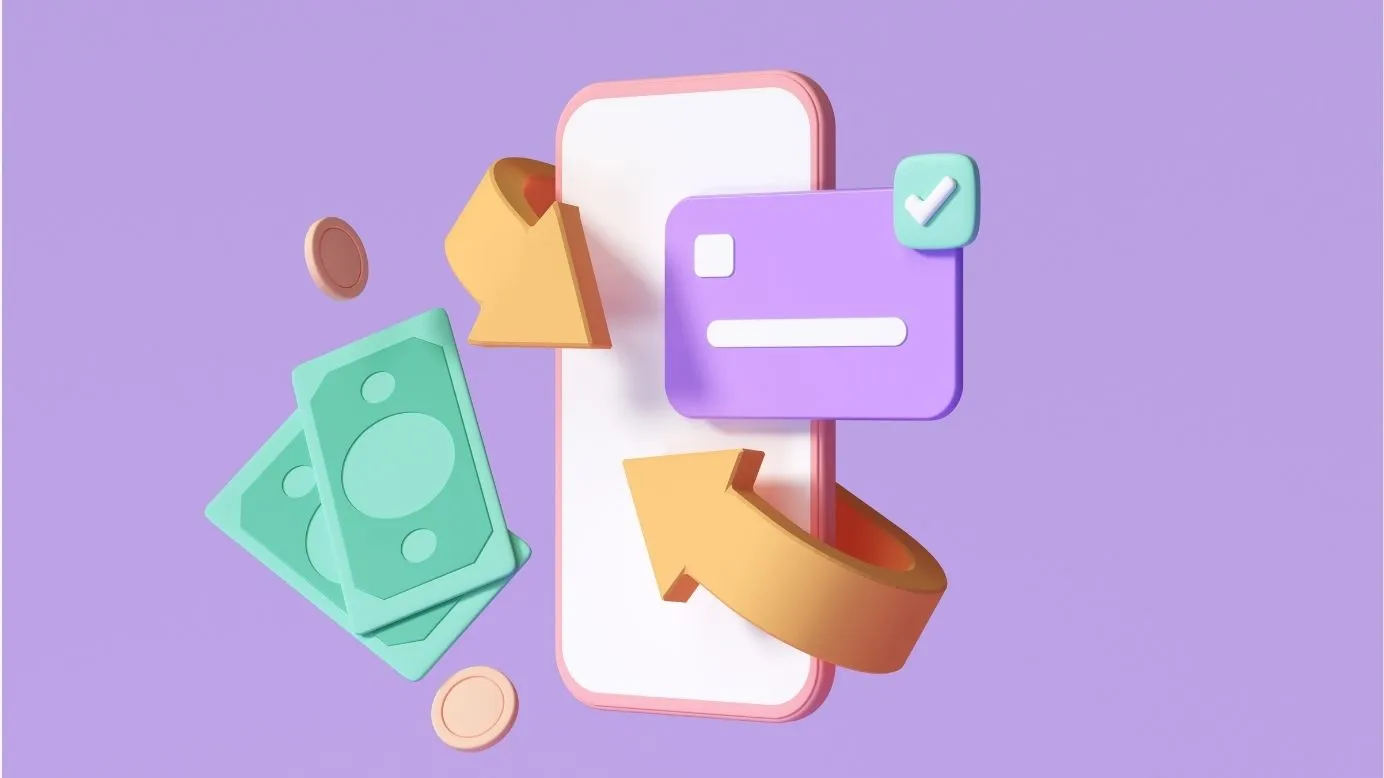A Guide To Building A Successful Customer Rewards Program
Customer rewards programs are the point-based loyalty programs to boost sales, customer engagement, build loyal customers and convert casual buyers into brand advocates.
On this page
It is no secret that today’s customers love reward programs. The question is, what kind of reward system are they truly motivated by? A lot of brands are only just waking up because reward programs are a powerful way to understand your customers like never before. It is a tool that was not widely harnessed before until now.
Discounts might be the initial incentive that gets people to sign on, but what gets people to stick is creating a personalized experience based on the sign-up information that you ask at the start.
And customers, more than anything else, do not want to compromise when it comes to their experiences, nor do they want to be slapped with some gift or reward that holds no relevance. Instead, they want brands to deliver the kind of value and experience that they want
If you are ready to build a loyalty campaign that goes far beyond points and freebies, here is a quick guide on customer reward programs to help you out. But first, let us understand the basics.
Why Invest in a Customer Rewards Program?
All too often, brands focus on acquiring new customers without paying enough attention to the old ones. However, increasing your customer retention rate by just 5% can bump your profits by as much as 95%.
The Harvard Business Review study shows that focusing on a robust rewards program encourages buyers to keep returning.
For small businesses, in particular, customers that keep coming back, are crucial to keep the cash flow steady and get the word out about the brand. Let us take a closer look at the benefits of a rewards program and customer referral rewards.
1. No need to compare on price
Most retailers today cannot afford to offer prices as low as Amazon can. Instead, retailers can appeal to a customer’s emotional side by providing thoughtful rewards that delight the customer. The more that happens, the more the customer develops an emotional connection with the brand and the likelier they are to keep coming back.
2. Retain customers better
Given that loyal customers are likely to spend 67% more than new ones, the cost of acquiring new customers is about five times higher than that of retaining an old one. That is why creating incentives for buyers to keep returning is essential. This is where a smartly designed rewards program can help you out.
3. Boost customer lifetime value (CLV)
This is the net profit that you can expect to make off your overall relationship with a customer. If you leverage your customer data to create thoughtfully tailored rewards, you are likely to see this lifetime value go up, which, in turn, will boost your bottom line.
4. Foster personal relationships
Each of your customers is unique and deserves to be treated as such. With the right rewards program, you can help your customers feel valued when they shop with you. This is a powerful feeling that translates into repeat purchases for your business.
5. Create brand advocates
Did you know that 92% of people trust word-of-mouth recommendations from friends and family more than any other type of marketing? By adding a referral element to your rewards program, you can help your existing customers feel special and nudge them to spread a good word about your brand in their circles.
Promoting brand advocacy is a great way to extend your user-base that may otherwise not have known about you.
Best Customer Rewards Program Ideas to be Inspired by
If you are new to building a rewards program, the easiest place to start is by looking at brands getting it right. Here are some famous loyalty programs, each with their distinctive touch, that customers keep coming back to.
1. Ben and Jerry’s
The iconic ice cream brand builds customer loyalty through strong dedication to social causes. Besides giving out commission-free gift cards, They often release special flavors with social justice themes and donate the proceeds to various causes that they believe in.

This type of program helps customers feel good about making a difference by purchasing from the brand.
2. Sephora
Their Beauty Insider Community has 17 million members who can choose their rewards from the points they accumulate. These rewards could be discounts on the products (because Sephora is known for its premium range), exclusive beauty tutorials, or makeovers to engage the customers for the long haul further.
3. Grubhub
The restaurant aggregator allows customers to redeem up to $400 worth of free food through its loyalty program while also suggesting new eateries on the app that the customer has not tried before. That way, the app user base gets more interested in Grubhub’s offerings and visits the app more often, leading to higher customer engagement.

4. Dirty Lemon
This lemonade-with-a-twist eCommerce brand demonstrates that subscriptions are not just the domain of Amazon. Their subscribers can buy lemonade at a discount in monthly or weekly deliveries, while others need to pay full price.
5. Starbucks
The coffee chain was a pioneer in launching a mobile app-based loyalty program with a solid user base. Customers need to pay for their orders through the app to rack up points, earn free drinks, get exclusive access to new products, and more.

The customer loyalty program also acts as a valuable source of information about customer behaviour, enabling the brand to tailor its services and offerings even more effectively.
6. Amazon
No list of rewards programs is complete without mentioning Amazon Prime. Prime members get one-day shipping on a host of products, Prime streaming services, exclusive deals, and more for an annual fee.
How to Create a Rewards Program for Customers
Designing a good customer rewards program is really about the basics. Once you understand the things that make your customers tick, it gets pretty easy. Here are the top tips to keep in mind when chalking out your new rewards program.
1. Give customers what they want
Your customers have no reason to invest in a program that is not relevant to them. Use the customer data you have to understand who they are and what makes them tick. A customer referral rewards tool like Plum gives you insights into your buyers. Using this data, you can curate your catalog, personalize reward messages and interact with your target audience.
You can create buyer personas based on the data you have gathered or conduct surveys to ask customers what rewards they would like directly. Also, social media monitoring is a great way to keep track of what customers are saying about your brand and, by extension, what they would like to see more of.
2. Decide on the type of reward
There are several kinds of customer reward programs that you can opt for. For example, there is the points system, the annual fee system, the tiered system, the partnering system, and more.

Based on the data you have studied in the first step, choose the option you believe will most appeal to your buyers.
You can even combine two or more kinds to create innovative customer loyalty programs, such as one that involves point accumulation with every purchase in addition to a tiered system that unlocks better rewards as customers rack up more points.
3. Choose what behaviours to reward
There are different ways customers can earn rewards through a rewards program. Perhaps you want to incentivize purchases above a certain dollar amount. Maybe there are specific products you are pushing.
Perhaps you want to reward customers for buying from you during the slack season. Whatever your goal — effortlessly assign values to different behaviours and make sure your customers clearly understand how they can earn rewards through those behaviours.
4. Use the right loyalty software
Your customer rewards program needs to be easy to understand and use for your buyers and your support team. Choose from among different options for something that’s reasonably priced and has a user-friendly interface. To run automated reward programs ensure that the loyalty software integrates seamlessly with your current CRM and marketing platforms.
5. Promote your new program
Get the word out to your buyers about the rewards program in as many ways as possible. Send out an announcement email, post about it on social media, put up flyers and posters, have a teaser campaign on Facebook — whatever reaches the maximum number of people. You can also create brochures to promote your rewards program. Make sure to use a brochure maker to create visually appealing designs that catch people's attention.
6. Go omnichannel
Your customer loyalty reward program needs to reach both your online and offline buyers. Identify where your customers enjoy shopping the most and design ways to integrate them. For instance, points earned through online shopping should be redeemable at your in-person outlets and vice versa.
Be sure to have a unified dashboard on your loyalty software so that you can pull up customer behaviour across multiple channels at a glance to get complete insights into what they like and what they do not.
In conclusion
Running a successful customer rewards program is not a piece of cake, but it could be easier if only you implement the right strategies and tools to run and automate your campaign. Remember to drive results with engaging rewards that are relevant to your products and services. After all, when you know how valuable repeat customers are for your business, customer retention should be one of your key priorities.
Also, keep experimenting with your program to see what is working and what is not. Good luck!










